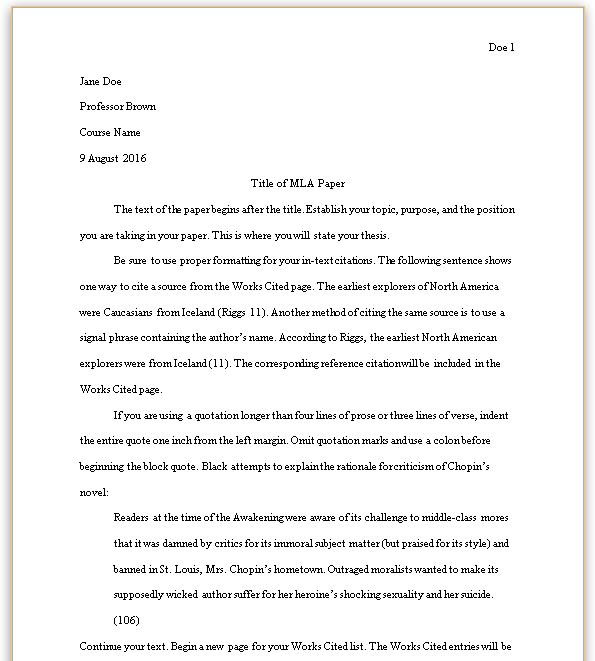1. Predict whether entropy is increasing or decreasing for the system in the following process:
NaCl(aq) + AgNO3(aq) → AgCl(s) + NaNO3(aq)
Options:
a. Increasing
b. Decreasing
c. No change in entropy
d. Impossible to predict without more information
Answer: b. Decreasing
Explanation: The formation of a solid (AgCl) from aqueous ions leads to a decrease in the disorder of the system, reducing entropy.
2. Rank the following in terms of increasing entropy, all other things being equal (T, V, n, etc.):
Ar, F₂, CO₂
Options:
a. Ar, F₂, CO₂
b. F₂, Ar, CO₂
c. CO₂, F₂, Ar
d. CO₂, Ar, F₂
e. None of the above
Answer: a. Ar, F₂, CO₂
Explanation: Entropy increases with molecular complexity and mass. CO₂ is more complex than F₂, which in turn is more complex than the monoatomic Ar.
3. Predict whether entropy is increasing or decreasing for the system in the following process:
CO₂(s) → CO₂(g)
Options:
a. Increasing
b. Decreasing
c. No change in entropy
d. Impossible to predict without more information
Answer: a. Increasing
Explanation: The conversion from a solid to a gas significantly increases disorder, leading to an increase in entropy.
4. Rank the following in terms of increasing entropy, all other things being equal (T, V, n, etc.):
H₂Te, H₂S, H₂Se
Options:
a. H₂Te, H₂Se, H₂S
b. H₂Se, H₂S, H₂Te
c. H₂S, H₂Se, H₂Te
d. H₂S, H₂Te, H₂Se
e. None of the above
Answer: c. H₂S, H₂Se, H₂Te
Explanation: Entropy increases with the molar mass of molecules. H₂Te > H₂Se > H₂S.
5. For the reaction N2(g)+3H2(g)→2NH3(g)N_2(g) + 3H_2(g) → 2NH_3(g), what is the sign of ΔS\Delta S of the system?
Options:
a. Positive
b. Negative
c. Not enough information to decide
Answer: b. Negative
Explanation: The reaction reduces the number of gas molecules, decreasing disorder and resulting in a negative entropy change.
6. What is the criterion for spontaneity?
Options:
a. The entropy of the reaction is increasing
b. The enthalpy of the reaction is increasing
c. The entropy of the surroundings is increasing
d. The entropy of the universe is increasing
Answer: d. The entropy of the universe is increasing
Explanation: A spontaneous reaction increases the total entropy of the universe (ΔSuniverse>0\Delta S_{universe} > 0).
7. Predict the sign of ΔSuniv\Delta S_{univ} and spontaneity for the following reaction:
2N2(g)+O2(g)→2N2O(g)2N_2(g) + O_2(g) → 2N_2O(g), ΔH∘=+163.2 kJ\Delta H^\circ = +163.2 \, \mathrm{kJ}
Options:
a. ΔSuniv>0\Delta S_{univ} > 0, spontaneous
b. ΔSuniv>0\Delta S_{univ} > 0, not spontaneous
c. ΔSuniv<0\Delta S_{univ} < 0, spontaneous
d. ΔSuniv<0\Delta S_{univ} < 0, not spontaneous
e. Impossible to determine, opposing signs
Answer: d. ΔSuniv<0\Delta S_{univ} < 0, not spontaneous
Explanation: The reaction is endothermic (ΔH>0\Delta H > 0) and involves a decrease in entropy (ΔS<0\Delta S < 0), making it non-spontaneous.
8. Predict the conditions under which this reaction is spontaneous:
2Ca(s)+O2(g)→2CaO(s)2Ca(s) + O_2(g) → 2CaO(s), ΔH∘=−1269.8 kJ\Delta H^\circ = -1269.8 \, \mathrm{kJ}
Options:
a. Spontaneous at all temperatures
b. Not spontaneous at any temperature
c. Spontaneous at high temperatures
d. Spontaneous at low temperatures
e. Impossible to determine without more information
Answer: d. Spontaneous at low temperatures
Explanation: The reaction is highly exothermic (ΔH<0\Delta H < 0), but its entropy change is negative (ΔS<0\Delta S < 0), making it spontaneous at low temperatures.
9. Calculate ΔG\Delta G for the following reaction at 25 °C:
C3H8(g)+5O2(g)→3CO2(g)+4H2O(g)C_3H_8(g) + 5O_2(g) → 3CO_2(g) + 4H_2O(g), ΔH∘=−2217 kJ\Delta H^\circ = -2217 \, \mathrm{kJ}, ΔS∘=101.1 J/K\Delta S^\circ = 101.1 \, \mathrm{J/K}
Options:
a. -2247 kJ
b. -32340 kJ
c. -2220 kJ
d. -4745 kJ
e. Impossible to determine without more information
Answer: a. -2247 kJ
Explanation: ΔG=ΔH−TΔS\Delta G = \Delta H – T\Delta S ΔG=(−2217×103)−(298)(101.1)=−2247 kJ\Delta G = (-2217 \times 10^3) – (298)(101.1) = -2247 \, \mathrm{kJ}
10. What is the oxidation number of SS in S2O32−S_2O_3^{2-}?
Options:
a. -2
b. 0
c. +2
d. +4
e. +6
Answer: c. +2
Explanation: The total charge is -2. Solving for sulfur: 2x+(−6)=−22x + (-6) = -2, x=+2x = +2.
11. How many electrons are transferred in the reaction:
2Pb(s)+O2(g)+2H2SO4(aq)→2PbSO4(s)+2H2O(l)2Pb(s) + O_2(g) + 2H_2SO_4(aq) → 2PbSO_4(s) + 2H_2O(l)
Options:
a. 0
b. 1
c. 2
d. 4
e. 6
Answer: d. 4
Explanation: Each PbPb atom loses 2 electrons, resulting in a total of 4 electrons transferred.


